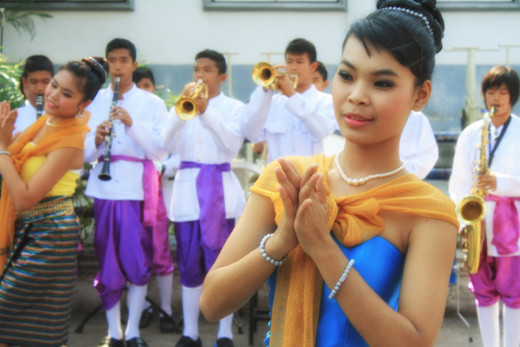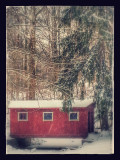Tips for Photographing Important Events
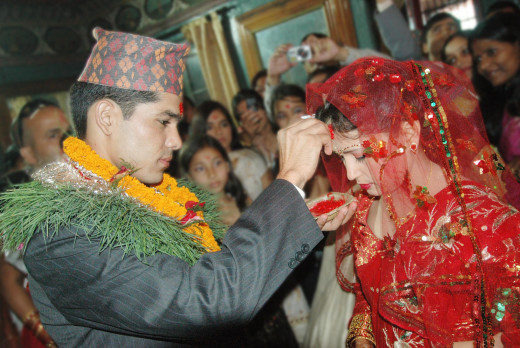
A photograph is a visual narrative and the photographer is a narrator. Simply owning a camera and taking pictures do not make you a photographer. A good photographer is able to capture an ordinary scene and make it something special. Whether you practice on location photography, wedding photography, portrait photography, silhouette photography or event photography, you have to tell a visual narrative through your camera lens. If you are a professional photographer, you might know the tricks to take better photos. However, if you are a beginner, you have to learn how to tell a strong visual story.

Tips for Event Photography
- Your photos must establish time and place, and give a general feel of the event.
- Try to find some interesting face in the crowd that narrates the emotions and the mood of the event.
- Your shots must have variations in terms of subject, object, background, foreground, composition, framing and layouts.
- Big close ups are good, but try not to be away from the context of the event.
- Your camera must capture the incidents that will be never created again, for instance a player scoring a goal, bride kissing the groom etc.
- You should always anticipate the lighting conditions ahead and set your camera accordingly.
- Change the lenses to capture different kinds of shots.
- Capture the mood, tone and the texture of the event.
- Experiment with angles and perspectives.
- Coordinate shots do not look good unless you are doing portraits. Try to capture natural shots where the subjects are in action.
Event Photography
Events give a wonderful opportunity for the photographers to develop their photography skills. An event can be a public or private gathering, social gala, celebration, graduation ceremony, wedding, theater performance, or big events such as football match, music concert, movie festival etc. Taking photos during the events where people gather in large numbers can be challenging.
Event photography is as important as the event itself, because it documents the important happenings. Whether you photograph important events for fun or are commissioned to photograph the events, your photos must tell the entire story of the event, from the arrival of people to the people leaving the venue. You must capture the happenings on backstage as well as center stage, from green room to the auditorium, performers as well as audience, host and the guests. The event you are photographing could be big or small, however, you must not neglect anything.
If you are photographing a private gathering such as house warming party or a birthday party, you must photograph the kitchen as well as people eating, the kids making faces and grandpa falling asleep on the couch.
When people pose for the camera clicks, you may get technically correct photo, however, the best shots are the ones where you capture people in action. Orchestrated shots may look good in portraits, but not during the events where things change so suddenly. Event photography is all about the spontaneity.

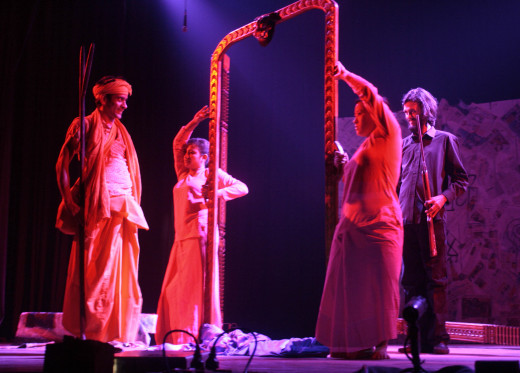
How to Find Commissions for Photographing Events
- Get in touch with the Event Management Company
- Participate in the events and take photos.
- Get in touch with the industry people.
- Create online and offline portfolio.
- Advertise your expertise.
- Try to woo people with your works because word-of-mouth is important.
- Create a list of possible clients.
- Maintain the record of your previous commissions.
- Print your photos, or burn in DVD, and send to the possible clients.
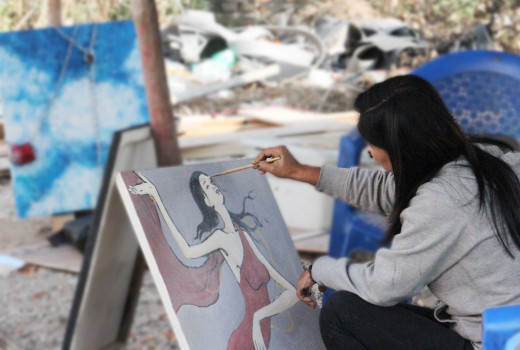
Tips for Photographing Important Events
Understand the type of event
Event can be big such as football match or an expo, or small such as house warming party. Different events demand different kinds of photography techniques. Before you begin, you have to understand the nature of the event.
Understand your client’s demands
You have to collaborate with your client. Talk to him/her and know what kind of photos he/she is expecting. You may not be comfortable taking orders, however, it is the client who is paying you for your work. If you can satisfy your client demands, he/she will definitely hire you for another event, or promote you through the word-of-mouth.
Right kind of equipments
Different kinds of events demand different equipments. A tripod can be very handy during the racing, but in an event such as music concert, you may not find a proper place to mount your camera on the tripod. If you are photographing indoor events, you need to have a camera with best low light performance. You must also have right kind of lenses for the events.
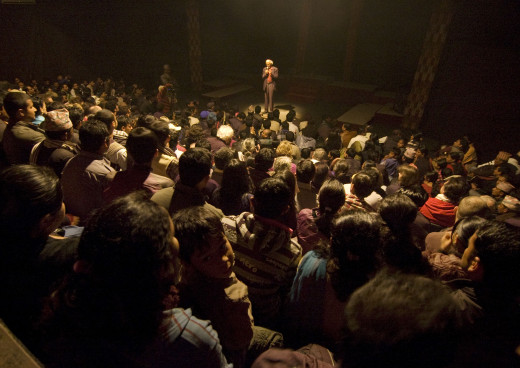
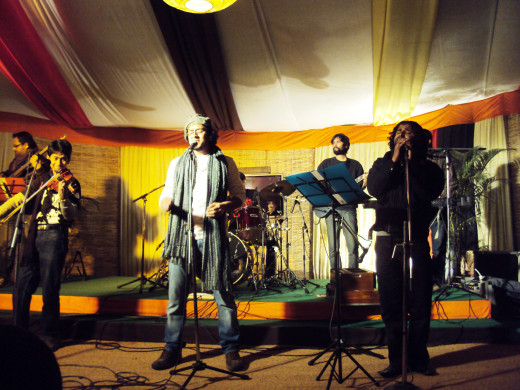
Photograph the event in its entirety
Capture the beginning, middle and the end of the event. Take pictures of the empty space as well as the crowded venue, the main event and everything that is happening on the fringe. Photograph the performers as well as the audience. Many things go around during the events, try not to miss the most important happenings.
Preparation is necessary
Your equipments must be in good conditions, battery charged and enough storage in the memory card. It is always better to have spare memory card and battery, and extra lenses. You must be clear in your mind about the kind of photos you want to take. Something marvelous can happen suddenly during the event, without enough preparation, you will fail to deliver better shots. It is highly recommended that you make a list of the type of shots, for instance wide-angle shot of the football stadium, close-up of the happy bride etc.
Understand the crowd psychology
People gather in large numbers during the events. An event can be noisy and crowded. If you don’t feel comfortable in a crowd, you will never be able to photograph events. Be ready to nudge people to get closer to the main action.
Work in tandem with the crew
Many people work together to pull an event. In the events such as theater performance, fashion show there are makeup artists, costume designers, set designers etc. You have to work in tandem with the people behind the event.
Take a cue from others’ work
If you are a beginner and don’t know where to begin, you can find inspiration from other photographers’ works on similar kind of events.
Find a proper place to take pictures
Find a proper place to get a better view of the action. You have to take photos in different perspectives and angles. Even if you have a huge zoom lens, you have to get close to the event as much as you can.
Take note of the weather
If you are shooting outdoor events, be prepared for different weather conditions. Unfavorable weather can damage your equipments, you must have good equipment case. In rainy or snowy weather, use umbrella to shield your camera. Always keep a spare plastic bag. Watch the weather reports and prepare accordingly.

How to Photograph In Low Light Conditions
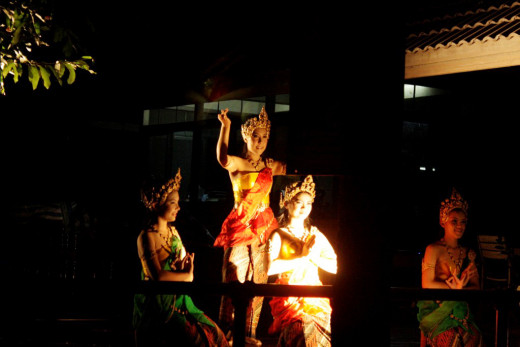
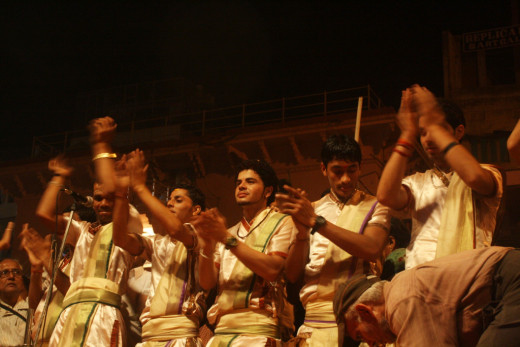
If you are photographing indoor events, most of the time you will find the venue poorly lit. To take better shots in low light, you must have a camera with good low light performance. Camera with larger sensors works better while taking photos in low light.
Use flash while taking photos in low light, or indoor event. Alternatively, you can use flash as fill light while taking outdoor photos. Vary the flash use by firing directly to the subject and bouncing on the bright surface.
In the events such as theater performance, using flash is discouraged. In such condition, you have to make most of the low light by setting the camera in appropriate mode.
Take note of the color of the light in the indoor venue. It could be incandescent, fluorescent or mix of both. Firing flash does not solve the low light problem if the venue is large. Try to shoot in RAW, and adjust the white balance during the post processing. You can use Lightroom or Photoshop to post process your images. You can also tweak white balance in your camera settings.

How to Take Pictures of Moving Subjects
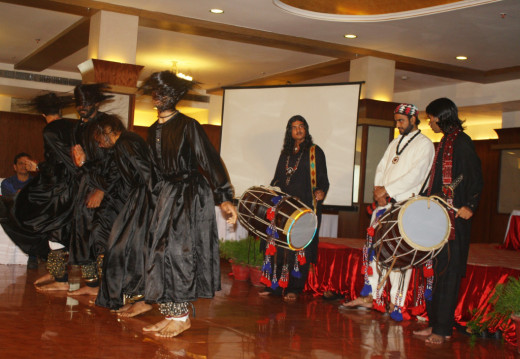
Have you done event photography?
If you are shooting a moving subject, you will have blur effects on your photo, however, many photography critic will say it is ok to have some blur effects on the photo. However, you must know the difference between a blurry photo and the blur effects created by the subject in motion.
The time interval between pressing of the shutter and the camera actually taking picture is called shutter lag. Try to avoid shutter lag. You can do this by holding the shutter half way, aiming the subject, and then taking the photo.
If you are taking picture of a subject in motion, and want the background to remain clear and focused, set a long shutter speed and keep your camera still. Your shutter speed will depend on the speed of the subject.
